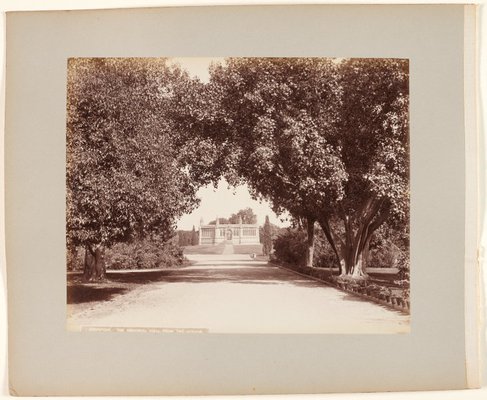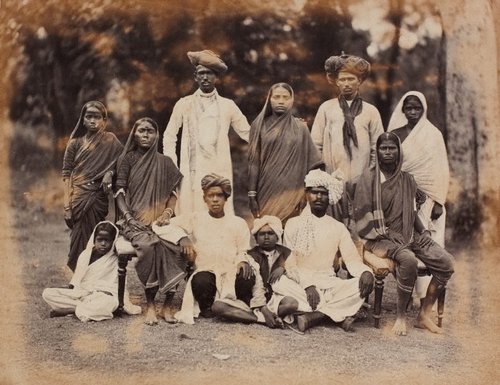Title
Cawnpore, memorial well view from the avenue
circa 1890
Artist
-
Details
- Place where the work was made
-
Kanpur
→
Uttar Pradesh
→
India
- Date
- circa 1890
- Media category
- Photograph
- Materials used
- albumen photograph
- Dimensions
- 23.8 x 19.0 cm
- Signature & date
Not signed. Not dated.
- Credit
- Gift of Robert Dein 2021
- Location
- Not on display
- Accession number
- 253.2021
- Copyright
- Artist information
-
Taurines studio
Works in the collection
- Share
-
-
About
There is much written about the 1857 Indian uprising against the British occupation of India, also known as the First War of Indian Independence. Generally, it is understood to have been a simultaneous uprising of multiple semi-organised regional resistance groups, believed to have been initiated by disgruntled army officers serving in the British East India Company and then spurred on and supported by local ruling elites. The war only lasted a year, and although Kanpur (Cawnpore) was not an historically important city to the British, it was one of the first places were the uprising ignited with great force and where the British suffered severe casualties. A memorial pavilion seen here was established surrounding the site of a mass grave. Atop the grave, a deep well, where the bodies of English women and children were said to have been discarded by Indian rebel fighters, a memorial marble angel designed by Sir Henry Yule and carved by Charles Marochetti (1805-67) was erected. The pavilion was surrounded by a vast park that rivalled Hyde Park in London and was an emotive space of quietude and contemplation. It did however also attract those visiting as part of a nationalistic pilgrimage to war shrines symbolising not only the losses of war but also Britain’s continued occupation of India. Confirming this sentiment was the fact that although the construction was financed by a levy on the Indian citizens of the city, they were not permitted entry to the park or the memorial. 1.
1.Sean Willcock, Aesthetic bodies: Posing on sites of violence in India, 1857-1900, History of photography, May 2015, pp 142-159.



